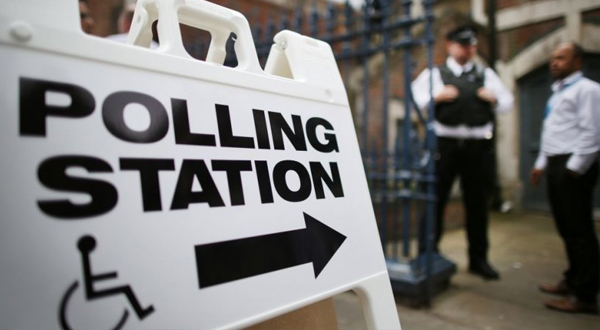BANYUWANGI: Brilliant blue flames light up the night sky above Kawah Ijen, casting an eerie electric glow as they flow down the sides of the active volcano in remote Indonesia.
Hot sulphuric gases — escaping at high pressure through cracks in this legendary mountain — ignite upon contact with air, burning a fantastic, iridescent blue.
This strange natural phenomenon can also create “blue lava” — rivers of burning liquid sulphur that stream from the vast crater, giving the appearance of molten rock.
The gases burn day and night at this spectacular volcano in the extreme east of Java island, but its characteristic blue hue can only be observed once darkness has fallen.
By day, traditional miners brave the highly toxic gases to extract huge chunks of sulphur from the shores of a large turquoise lake within the crater.
Hundreds make the exhausting and dangerous journey every day to fill their wicker baskets with chunky blocks of the bright yellow, naturally-occurring element.
Some wear protective masks but others, too poor to afford such safety precautions, simply cover their faces with wet cloth, their eyes stinging from the thick acrid smoke.
The sulphur will be bought by local factories and used to refine sugar or make matches and medicines.





